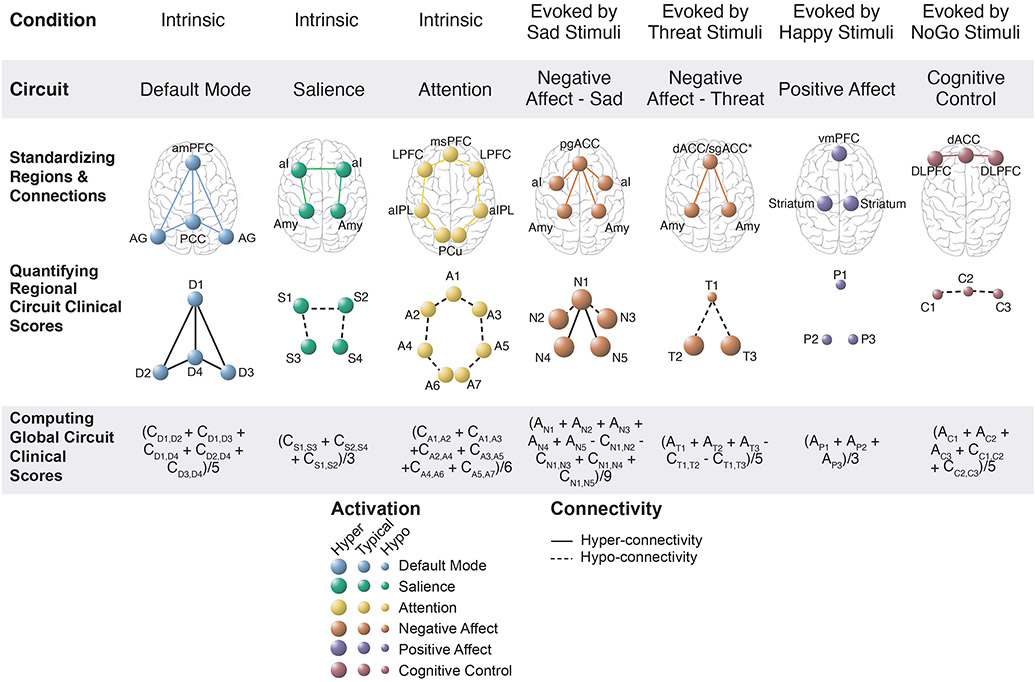Figure 3. Quantifying global and regional circuit clinical scores.
An overview of the systematic process used to derive circuit clinical scores based on standardized definitions of the six circuits of interest and hypothesized dysfunction in these circuits in depression and anxiety. These circuits of interest were probed in both task-free and task-evoked conditions and were referred to as the default mode, salience, attention, negative affect, positive affect, and cognitive control circuits. A standardized procedure was used to identify and define constituent regions and region-to-region connectivity for each of these circuits (row 1). Activation and connectivity for each of these constituent regions was quantified at an individual subject level in clinical subjects and expressed in standardized units relative to a healthy reference sample mean such that the magnitude of resulting circuit clinical scores is interpretable relative to a healthy mean of 0 (row 2) These regional circuit clinical scores are assigned abbreviated labels (D1, D2, etc.) to facilitate subsequent computations. These constituent regions are assigned abbreviated labels (D1, D2, etc.) to facilitate subsequent computations. These regions may be visualized in to reflect the hypothesized direction of dysfunction in depression and anxiety (for example, connections between regions of the salience circuit care are illustrated by dashed lines to indicate hypothesized hypo-connectivity; row 2). Global circuit clinical scores were computed by averaging regional circuit inputs (row 3). The formulas used to generate these global circuit clinical scores are shown with the regional input labels and with regional activation inputs indicated by “A” and connectivity inputs indicated by “C”.

